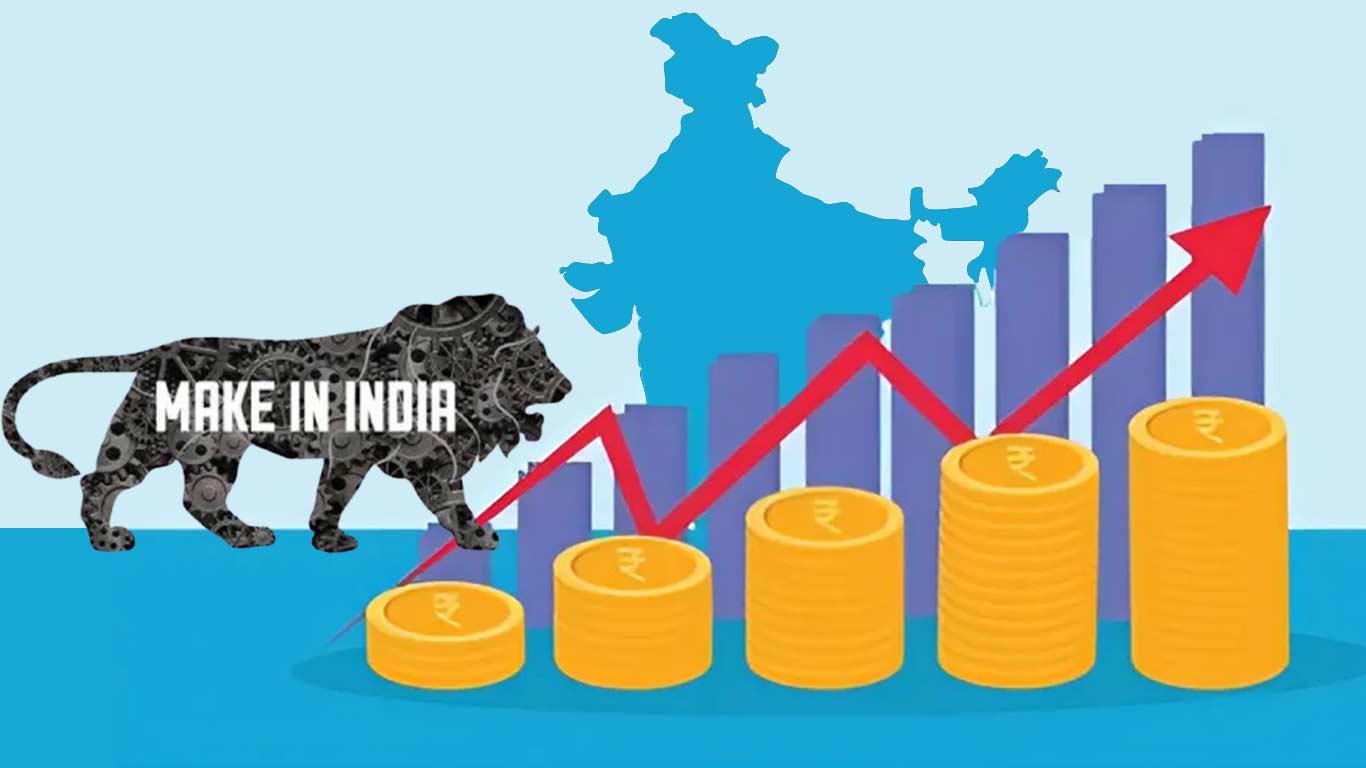1.Evaluate the performance of the ‘Make in India’ scheme in achieving its objectives of boosting India’s manufacturing sector and creating employment opportunities.
The ‘Make in India’ initiative, launched in 2014, aimed to transform India into a global manufacturing hub and enhance employment opportunities.

Achievements:
Increased Foreign Direct Investment (FDI): The initiative successfully attracted significant FDI, boosting the manufacturing sector’s capabilities and infrastructure.
Job creation: While the 100 million job target was not met, the initiative has generated millions of jobs in sectors like textiles, automotive, and electronics. Industrial clusters have also contributed to local employment.
Skill development: Emphasis on skill enhancement through programs like Skill India improved workforce employability in manufacturing.
Improved Ease of Doing Business(EoDB): Reforms led to a rise in India’s ranking from 134th to 63rd in the EoDB Index. Streamlined regulations have made it easier for businesses to operate.
Sectoral focus: The initiative targeted 27 sectors, including aerospace, defence, and renewable energy, fostering innovation and technological advancements within these industries.
Infrastructure development: Investments in industrial corridors and smart cities have improved infrastructure, creating a conducive environment for manufacturing activities.
Challenges:
Stagnant manufacturing contribution to GDP: The sector’s contribution remains around 17-18%, falling short of the 25% target by 2025.
Employment shortfalls: The goal of creating 100 million jobs remains unmet, with employment figures fluctuating significantly over the years. Reports indicate a decline in manufacturing jobs from a peak of 51.3 million in 2017 to approximately 35.7 million in 2023.
Focus on capital-intensive industries: The scheme has prioritised high-skilled, capital-intensive sectors over labour-intensive industries like textiles and footwear, which could absorb more low-skilled workers.
Budget constraints for key sectors: Reduced budget allocations for labour-intensive sectors have hindered their growth potential and job creation capabilities.
Need for realistic targets: Given the current trajectory of job creation and GDP contribution, there is a need for more realistic timelines and achievable targets for the manufacturing sector.
Political and economic challenges: Ongoing political dynamics and economic uncertainties can impact investment flows and the overall effectiveness of the initiative.
While the ‘Make in India’ has achieved progress but faces significant challenges. A reevaluation of strategies focusing on inclusive growth, realistic targets, and support for labour-intensive industries is essential for realising its full potential as a catalyst for India’s economic transformation.
PYQ
1.“Success of ‘Make in India’ programme depends on the success of ‘Skill India’ programme and radical labour reforms.” Discuss with logical arguments.2015
Source:https://www.downtoearth.org.in/governance/but-did-we-really-make-in-india

